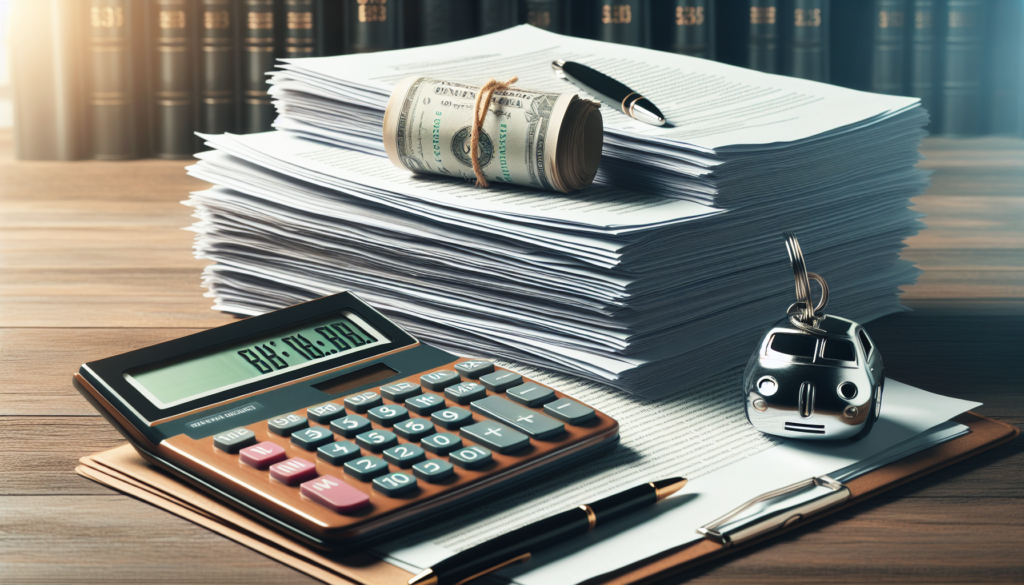
The percentage of debt you’ll need to pay back in a Chapter 13 bankruptcy depends on several factors, including your income, expenses, total debt, and the types of debt you owe. Chapter 13 bankruptcy involves proposing a repayment plan to pay back all or a portion of your debts over a three- to five-year period. The specific percentage of unsecured debt (like credit card debt, medical bills, and personal loans) you’ll repay can vary widely from one case to another. Here are the key factors that influence how much you’ll need to pay:
-
Your Disposable Income
The primary determinant in a Chapter 13 plan is your disposable income, which is calculated as your monthly income minus your reasonable and necessary living expenses. Your plan must apply all your projected disposable income towards repaying your debts over the plan period.
-
Types of Debt
- Priority Debts: These must be paid in full. Priority debts include most taxes, child support, and alimony.
- Secured Debts: If you wish to keep the collateral (like a house or car), you must continue making regular payments and may need to pay arrears in full through the plan.
- Unsecured Debts: The amount paid to unsecured creditors is where the most variation occurs. You must pay unsecured creditors at least as much as they would have received had you filed for Chapter 7 bankruptcy (the value of your non-exempt assets). However, if your disposable income allows for it, you might end up paying a higher percentage of these debts.
-
The Means Test
The means test compares your income to the median income for a household of your size in your state. If your income is above the median, you’ll likely be required to propose a five-year repayment plan, potentially increasing the amount you’ll repay, especially if you have a significant amount of disposable income.
-
Non-exempt Assets
If you have non-exempt assets that you would have had to surrender in a Chapter 7 case, you need to pay the equivalent value to your unsecured creditors in Chapter 13. This can increase the percentage of unsecured debt you’re required to repay.
Examples
- Example 1: If you have little disposable income and no non-exempt assets, you might pay a very small percentage of your unsecured debts—sometimes as low as 0% to 10%.
- Example 2: If you have significant disposable income or valuable non-exempt assets, you could be required to pay 100% of your unsecured debts.
The percentage of debt repaid in a Chapter 13 bankruptcy can vary significantly based on individual circumstances. It’s essential to work with a bankruptcy attorney who can help you develop a repayment plan that meets legal requirements while also being feasible for your financial situation. The goal of Chapter 13 is to provide a manageable way for you to pay down your debts while protecting your assets and allowing you to get back on stable financial footing.

Get a Free Bankruptcy Case Evaluation